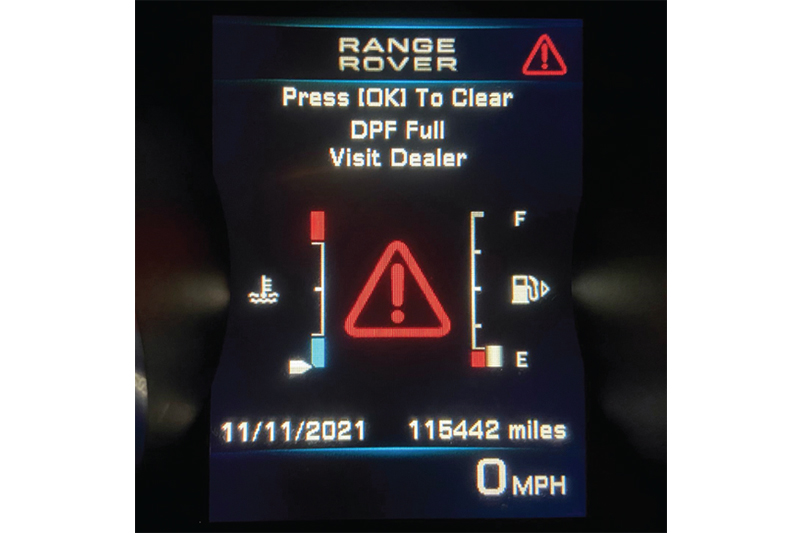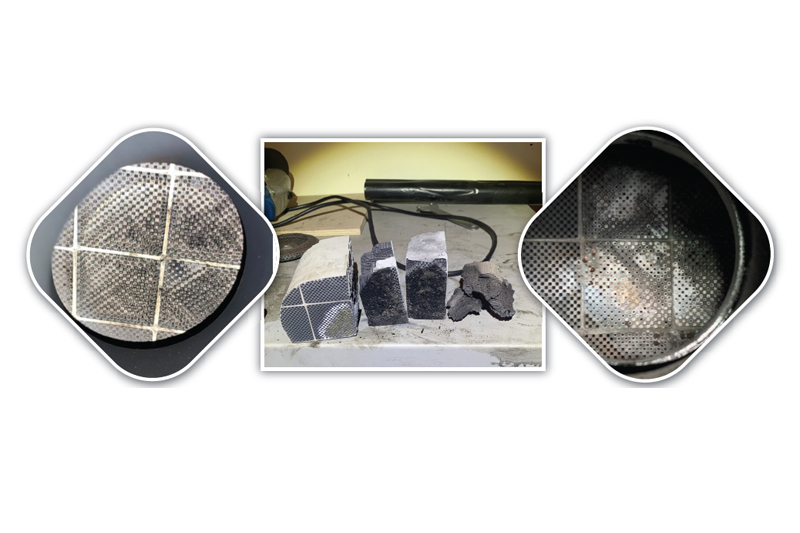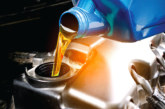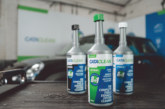
Concerned customers about their DPF warning light? Need advice on which direction to put them in? Kalimex Managing Director, Mike Schlup, answers the most common questions that should send non-trade customers away satisfied and educated.
You’ve probably had more than your fair share of customers walking through the door, concerned that the DPF warning light inside their vehicle is on and then asking what they should do next. Kalimex has supplied JLM Lubricants’ iconic and global bestselling DPF range of products to professional motor technicians, via professional motor factor stockists, for more than nine years.
Its team of experts talk to motor factors every week about the JLM DPF cleaning product range, answering the questions they are asked by customers – customers that know they have a problem, but don’t know which DPF products to buy and at what stage they should take their car to a DPF specialist.
Here are the five questions motor factors are asked most by their non-trade customers and Kalimex’s answers:
Q. The DPF warning light has come on – what does this mean?
Mike Schlup (MS): “It could mean that the DPF has become blocked with soot, or there may be a fault within the emissions control system. If their driving patterns have been short, stop-start journeys, and the car has not been serviced regularly, the DPF may not be regenerating properly.”
Q. What over-the-counter products should the motorist use?
MS: “First, check if they have already used any DPF fuel additives, especially any with a high iron content, on previous occasions. If not, then try JLM Lubricants’ DPF ReGen Plus. Added to the fuel tank, this product uses cerium as a catalyst to help burn soot at a lower temperature, reducing ash and protecting the filter. Iron-based additives actively raise the temperature in the filter and misuse can lead to hidden damage. Follow the instructions carefully and, if in doubt before using it, contact the team at Kalimex for guidance.”
Q. If the DPF is blocked, will a ‘fast blast’ on the motorway help?
MS: “This will not always work as a longterm strategy, especially if most of their driving is inner city/stop-start journeys. The problem will tend to come back. Driving at breakneck speeds should be avoided and replaced with a regular 20 or 30-minute normal drive on a long stretch of road within the speed limit.”
Q. They have tried this product, but the warning light is still on – what next?
MS: “Stop driving the vehicle and get help! Continuing to drive will result in the vehicle going into limp mode, or chasing the problem with too many additives or forced regens could cause irreversible damage to the DPF. A workshop that has not been fully trained in how to evaluate, maintain and repair DPFs may resort to one or more forced regenerations, believing this is the universal cure to the problem – just three forced regenerations can lead to the temperature of the DPF raising to a level that causes it to melt from the inside!
“It may be that the cause of the DPF light coming on indicates there is a problem with other parts of the car’s system, so a forced regeneration is the last thing to conduct. A DPF specialist workshop will undertake a thorough diagnosis, which should start with a pressure reading of the DPF, followed by specialist tools to monitor the car’s data.”

Q. What can the motorist do to stop this problem from happening again?
MS: “Using low quality fuel and running the car frequently on a low fuel level can damage the DPF because it will avoid regenerating to save fuel. Keep the tank topped up with decent quality diesel.
“Using the car for short journeys and stop-start driving may suit the motorist’s lifestyle, but the DPF is unlikely to reach the temperature required for it to regenerate naturally. Recommend they take the car out for longer journeys regularly to assist in the DPF regeneration process.
“Encourage the motorist to have their car serviced at the recommended intervals, especially when it comes to oil changes, and make sure that they can provide a full and detailed history to any DPF specialist they take the car to. If the car has had previous forced regenerations by a workshop and/or they have used over-the-counter products with a high iron content, any workshop they take it to must be made aware of this. If they attempt more of the same, the DPF is at risk of melting and becoming damaged beyond repair.
“Recommend they choose a DPF Doctor network member because they will ask all of these questions as part of their unique diagnostic process! And DPF Doctors never undertake forced regenerations for good reasons!”







